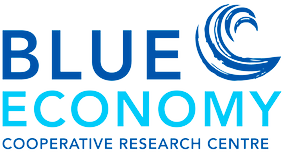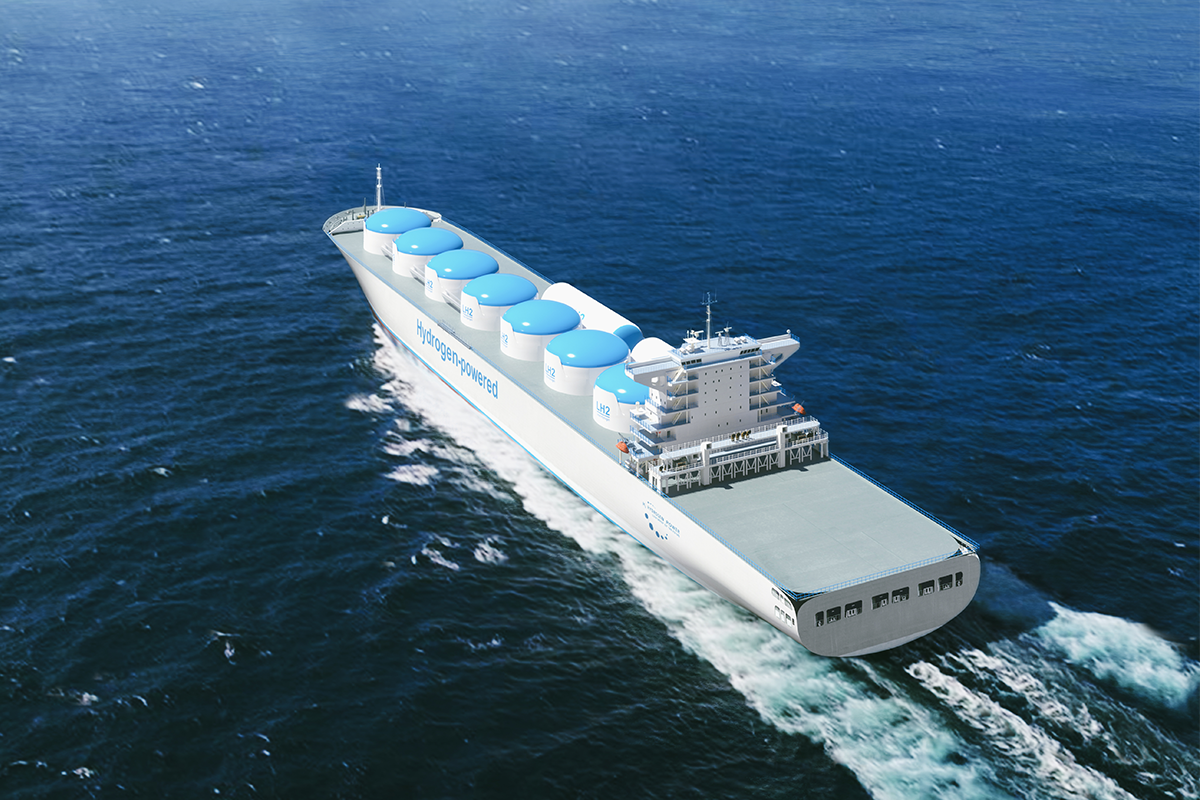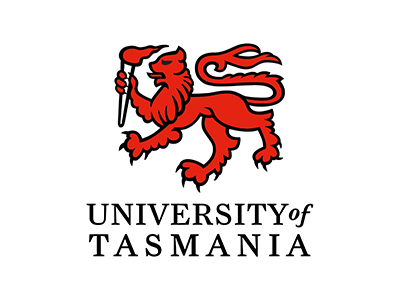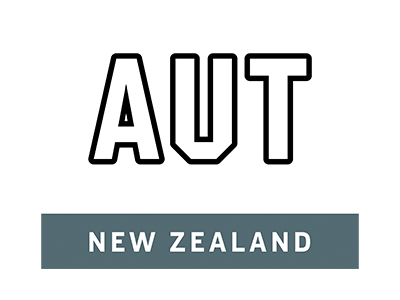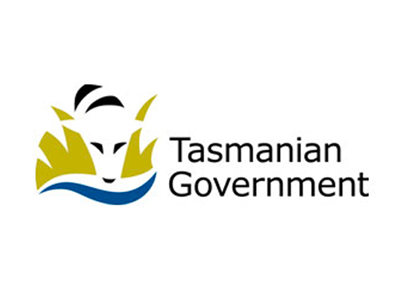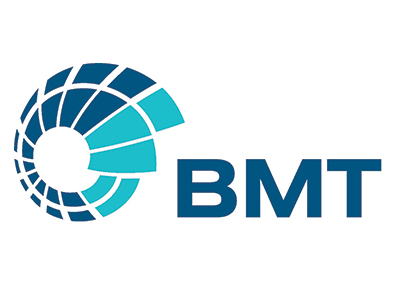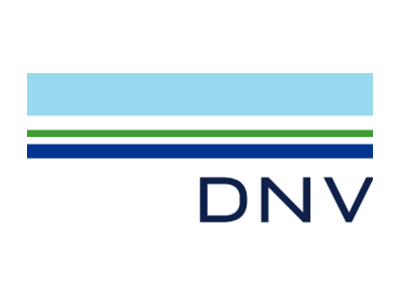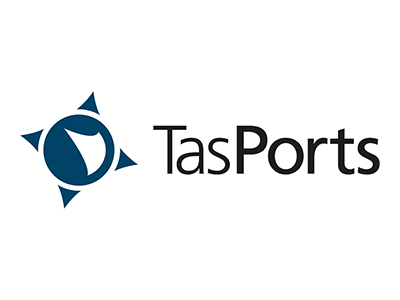Research Program
PROJECT LEADER
PROJECT ID
1.21.007
BECRC PARTNERS
Auckland University of Technology
BMT
DNV Australia
Griffith University
Huon Aquaculture
State Government of Tasmania
UTAS
THIRD PARTY PARTICIPANTS
Revolution Design
Australian Maritime Safety Authority
Riverside Marine
Tasmanian Ports Corporation
Flanders Investment & Trade
Southerly Ten
START DATE
21/02/2023
END DATE
20/02/2025
DURATION
24 months
PROJECT IN BRIEF
The main objectives of this research project are to undertake a feasibility study into the maturity of hydrogen and ammonia powered vessel technology, to consider the near-term market for such vessels operating in Australian waters and for overseas vessel exports, and to understand the relationship between the logistic supply chain for hydrogen fuels and the likely uptake of hydrogen vessel propulsion in Australia and New Zealand.
The maritime industry is responsible for producing 2.5% of Global Greenhouse Gas emissions. By switching to green fuel options such as hydrogen and ammonia, the industry is intended to introduce the first zero-emission fleet by 2030.
In line with the recent advances of the European countries in developing hydrogen-powered vessels, Australia and New Zealand intend to move toward a zero-emission shipping industry.
The hydrogen-powered vessel concept is still in its infancy with many unknowns and uncertainty around it. Small size experimental vessels powered by hydrogen fuel are already being trialled in other locations worldwide (UK, Canada). Safety issues, economic feasibility, port, and vessel requirements for being converted to hydrogen-based hubs/vessels are among the topics which require further investigations.
This research intends to shed light on the abovementioned unknowns by examining the previous attempts around the world for realising the hydrogen vessel concept. Furthermore, this research assesses the available guidelines, capabilities, and infrastructure in Australia for building and exporting Australian-made hydrogen vessels.
The output of this research allows the Australian and New Zealand shipping industries to make a smooth transition to the net-zero emission future with hydrogen-powered vessels.
End-users of the program outputs will include naval architects and marine engineers employed by ship and boat builders, equipment suppliers, shipping companies, port operators and developers, the hydrogen generation industry, and potentially informing the development of policy at state and federal government level.
SEPTEMBER 2024 PROGRESS UPDATE
The Hydrogen Powering of Vessels project (1.21.007) has made significant strides this quarter, contributing insights to the maritime industry’s transition to sustainable energy.
Two key reports were produced and circulated to participants for feedback. The first report, Hydrogen Powered Vessels – Information on Existing and Future Vessels (2000-2030), provides a comprehensive overview of the hydrogen-powered vessels landscape, both current and projected. This report is instrumental in understanding the trajectory of hydrogen adoption in the maritime sector. The second report, Conceptual Design of Hydrogen Fuel Cell Power Systems for an Offshore Wind Farm Crew Transfer Vessel (CTV), offers a detailed conceptual design, paving the way for hydrogen integration into offshore wind farm operations. This work not only advances hydrogen application but also supports the broader shift towards renewable energy in the offshore energy sector.
In addition, the research was showcased internationally, gaining recognition for its contribution to hydrogen safety. A conference paper, Numerical Investigation of Hydrogen Fuel Tank Skid Leakage on a Hydrogen-Powered Vessel, was presented at the 43rd International Conference on Ocean, Offshore & Arctic Engineering (OMAE 2024) in June in Singapore, where it contributed insights to the global discussion on hydrogen safety on board. Moreover, a public lecture, The Feasibility of Utilising Hydrogen as a Fuel for Australian Vessels, was delivered at the Royal Institution of Naval Architects (RINA) South Australia and Northern Territory Section in August, highlighting the potential of hydrogen for local maritime applications.
Looking ahead, the team is developing two additional conceptual designs for hydrogen-powered vessels, exploring the use of hydrogen internal combustion engines and innovative hydrogen storage solutions. The team is also closely examining the progress of the hydrogen supply chain in Australia, ensuring that the designs align with the evolving infrastructure.
Figure. Hydrogen Leak Simulation on a Vessel

FEBRUARY 2024 PROGRESS UPDATE
2023 PARTICIPANTS WORKSHOP PROJECT UPDATE
NOVEMBER 2023 PROGRESS UPDATE
Phase I report release: A review of the feasibility of utilising hydrogen as a marine fuel in Australia | November 2023
This study examined the viability of utilising hydrogen as a power source for domestic vessels in Australia. It delved into the motivating factors driving the acceptance of hydrogen as a marine fuel, explored the existing and anticipated advancements in hydrogen-powered vessels, analysed the technological and economic considerations involved, evaluated the readiness of regulations and standards, and assessed the need for training. Additionally, the study identified specific vessel types that are well-suited for hydrogen adoption and provided a comprehensive overview of the safety design principles applicable to hydrogen-powered vessels.
